
Railroads around the world might look and operate differently, but the challenges of keeping the public safe around passenger platforms and at grade crossings (called level crossings outside of North America) are more or less the same everywhere. No one knows these challenges better than the international community of railroad officials from industry, government, and non-profits that gathers annually for the back-to-back International Level Crossing Awareness Day (ILCAD) and International Rail Trespass Awareness Day (TRESPAD) conferences led by the Paris-based International Union of Railways (UIC).
This year’s ILCAD and TRESPAD conferences were held on 4-6 June at the National Railway Museum in York, United Kingdom. The Rail Safety and Standards Board, the UK government’s railroad regulatory body, and Network Rail, the government-funded owner of most of the United Kingdom’s rail infrastructure, partnered with UIC for this year’s conferences and technical field visit.
Siting of the conference at the UK’s National Railway Museum was a particular point of pride for RSSB and Network Rail, as 2025 marks the 200th anniversary of passenger rail in the United Kingdom, which the museum is commemorating.
Presentations during the two conference days — and the demonstrations during the technical field visit — focused on three overlapping components of how railroads around the globe protect the public near their right-of-way, as well as their own operations and property from trespassers and disruptions: engineering, education and awareness, and enforcement.
Engineering approaches to public rail safety include not just the layout of grade crossings, signage, warning lights and sounds, gates, and platforms, but also electronics for access control, sensing, and in the UK and Europe, as an input to track signaling. One enduring principal of grade crossing engineering around the world is that fewer are better. Nearly every country report presented at ILCAD included statistics of grade crossing closures.
Education and awareness approaches encompass public messaging like posters, announcements, and even TV commercials, as well as classroom curriculum and safety instruction targeted toward populations with specific needs or vulnerabilities — school children, for example, or drivers of buses or hazardous waste vehicles.
Enforcement approaches involve railroad police and personnel engagement with safety and trespassing incidents, but also may turn to engineering. Gates, barriers, fences, chicanes, and even anti pedestrian obstacles are also part of the enforcement repertoire.
The 2025 ILCAD and TRESPAD conference theme was “Safe decisions — every time”. At the conference, it was evident that ideas flow between and among ILCAD and TRESPAD delegates.
Take the U.S. Operation Lifesaver Incorporated program, for example. OLI formed over 50 years ago with the aim of reducing crossing and trespassing fatalities at U.S. railroad crossings, and immediately faced the challenges of creating a uniform safety awareness program among different privately — and publicly owned railroads, and across many states and regions. OLI has evolved over time to become a network of U.S. railroad, State and local transportation and law enforcement, and volunteers with a distinct brand, message, and high-quality instructional materials customized for specific age groups and occupations, and even in different languages.
Operation Lifesaver approaches have sparked similar programs overseas. Estonia, for example, has its own Operation Lifesaver Estonia, and is affiliated with the US program. In the UK, the outreach and education approach used by the Rail Safe Friendly program for school children and youth closely resembles US OLI’s youth-oriented rail safety curriculum, with adaptations for the UK.
ILCAD and TRESPAD delegates seemed particularly engaged with leveraging smart phones and social media to increase crossing and platform safety.
The Belgian rail network, for example, reported on how it recently launched a special new country-wide phone number — 1711 — to streamline reporting of grade crossing incidents to railroad and emergency responders.
UK rail safety advocates reporting on social media approaches to rail safety attracted strong interest from conference delegates. Network Rail’s hard-hitting, emotional video, “Harrison’s Story”, a recounting of the last hours of a real-life boy who perished on Network Rail property while fetching a soccer ball, has garnered over 2.2 million views. A separate UK rail safety social media campaign used deliberately disruptive editing and presentation to reach risk-taking extreme sport populations.
Suicide prevention is a particularly thorny challenge for railroad and public safety professionals. Independent researcher Kurt Topel of the Chicagoland Rail Safety Team shed light on best practices for management of publicity surrounding rail-related suicides. Topel used data from Southern California showing that saturated media coverage of rail-related suicides and trackside fatalities correlates to “clusters” or trends of suicide, and that measured, unsensational coverage of trackside fatalities tends to reduce repeat or copycat incidents.

However, some grade crossing safety innovations are not likely to cross international borders, which was particularly apparent during the field visit arranged by Network Rail. Delegates visited several exemplary UK grade crossings equipped with road-wide barriers that effectively form a fence across roads and sidewalks, as well as video, radar, and lidar detection technologies that link grade crossing status to track signaling. In other words, UK trains are signaled to stop in the event of a blocked or fouled grade crossing — a practice not likely practical in North American operations.
During the hour or so field visit to one particularly busy grade crossing, six trains passed the ILCAD/TRESPAD delegates. A U.S. delegate noticed the fast trains whisking through the crossing with nary a horn, and asked whether the surrounding community, Nether Poppington (a British place name right out of P. G. Wodehouse or Monty Python), was a quiet zone.
“All of our level crossings are quiet zones,” answered Allen Spence, a veteran of Network Rail and long-time ILCAD organizing committee member. Spence explained that Network Rail’s approach to grade crossing safety emphasized controls — robust barriers, detection, track signals—over warnings like bells and horns.
U.S. railroads and road authorities are not likely to import the grade crossing practices of UK or Europe, but good ideas in rail safety engineering, education and awareness, and enforcement can and will cross borders at gatherings of railroad professionals like ILCAD and TRESPAD. The next edition of InnoTrans is set for Sept. 22-25, 2026, in Berlin.






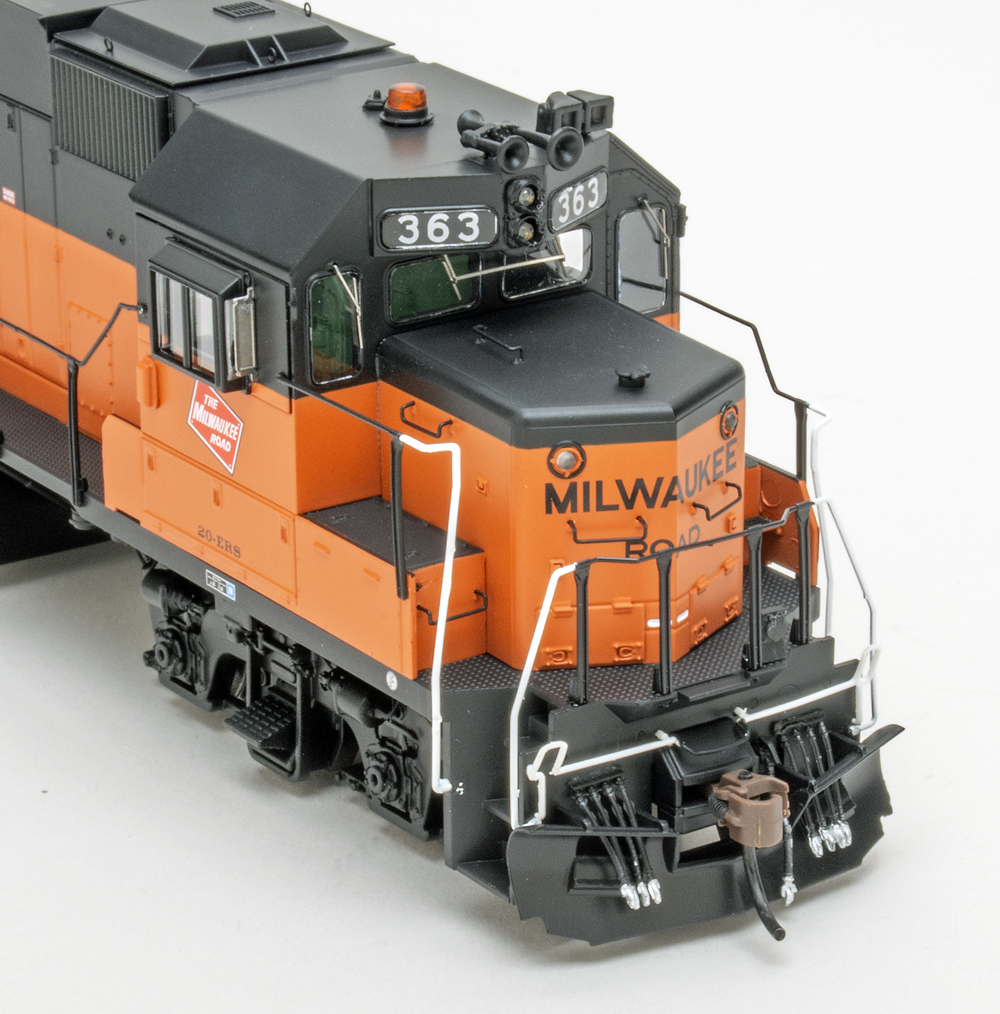

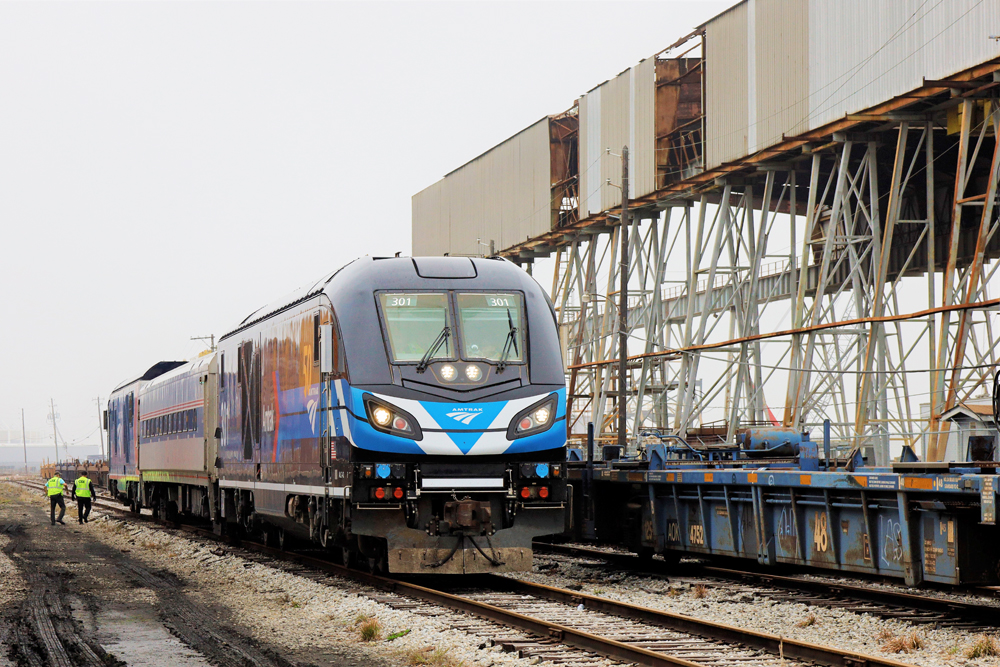
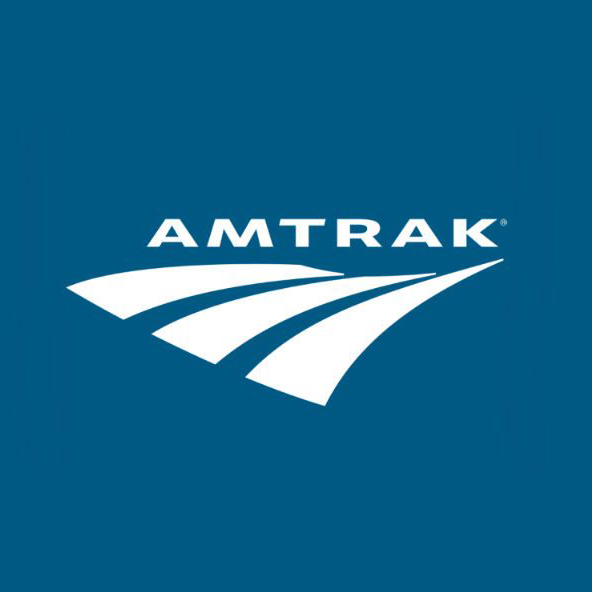
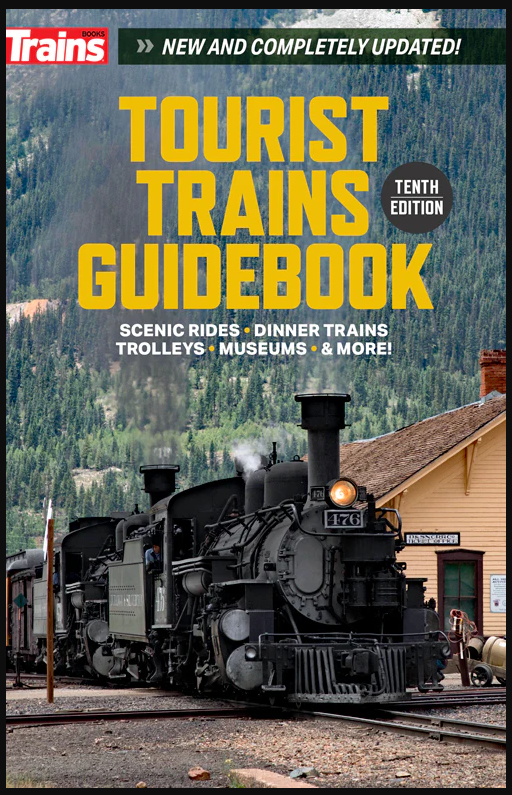
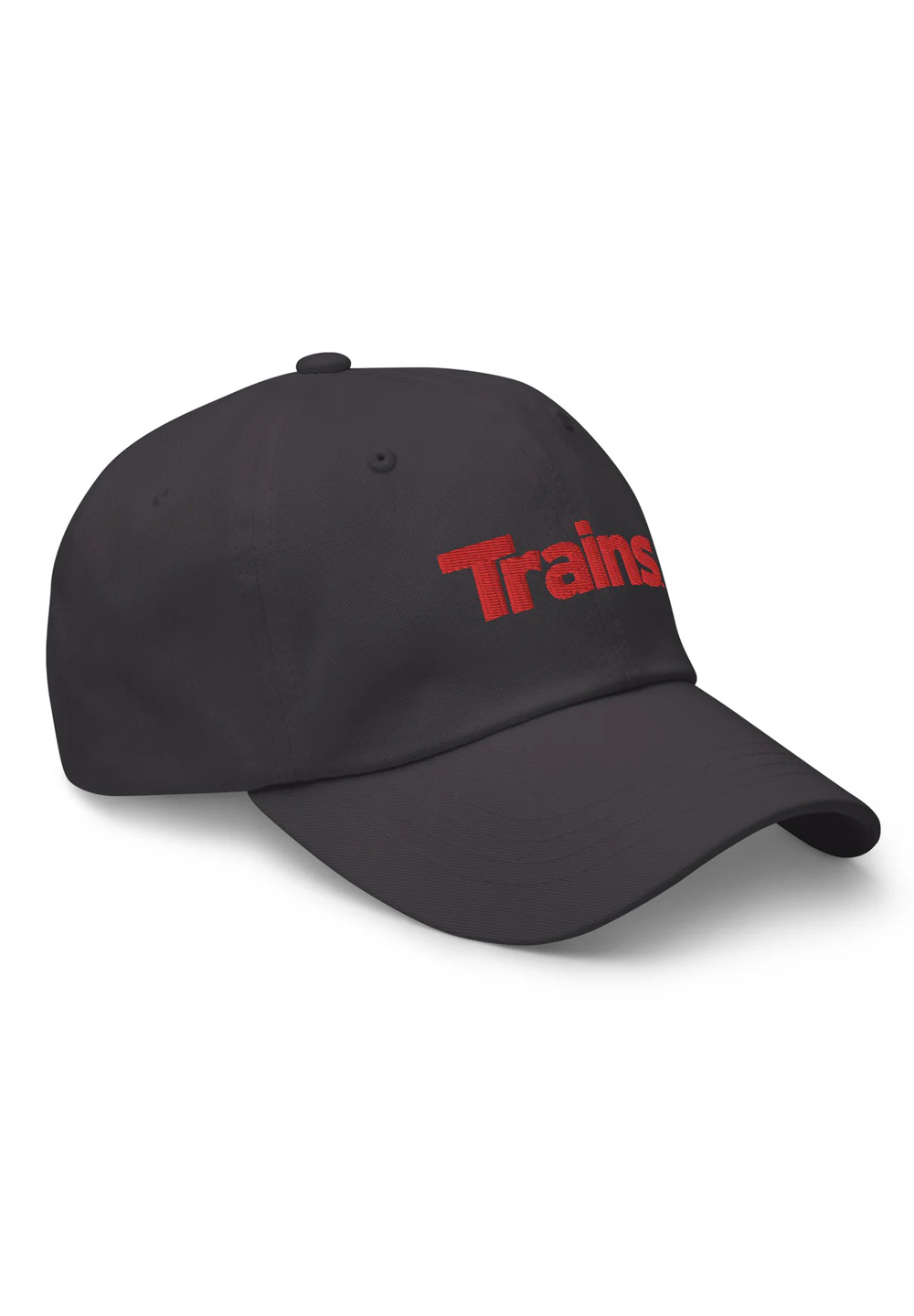
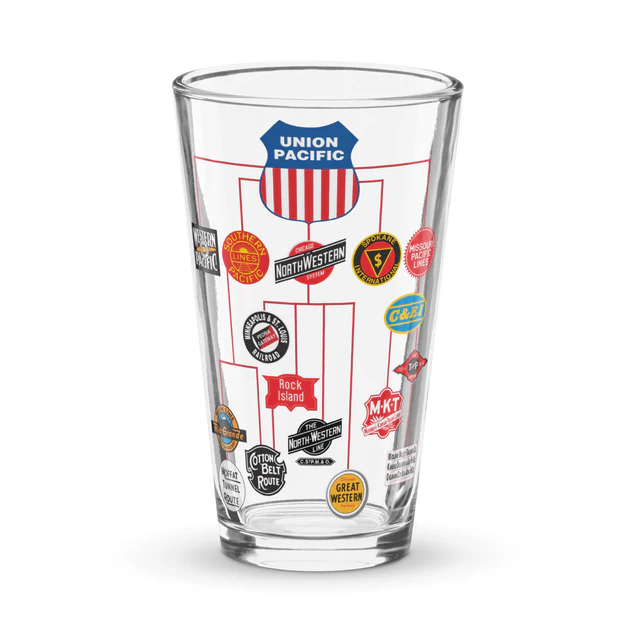
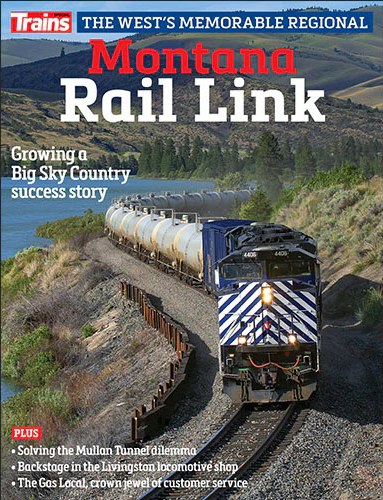
* CORRECTION Suggestion To The Author *
I assume the last line of the article should be like this: “TRESPAD and ILCAD 2026 will take place on 3 and 4 June, with technical visits on 5 June. The location of the launch conferences is yet to be confirmed.”
Dr. Güntürk Üstün
I notice the Network Rail logo is very similar to the Amtrak logo. Great safety promotions. I am very active in Operation Life Saver, a great program for educating the public about safety around railroad tracks.
Nice catch! If my memory serves me well, Amtrak logo was first used in 2000, while Network Rail came into existence in 2002.
Dr. Güntürk Üstün